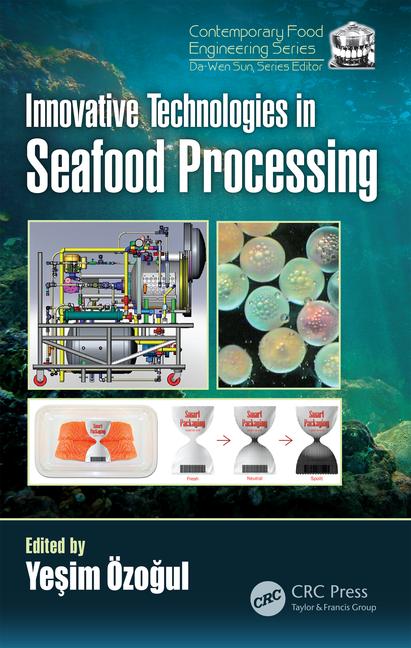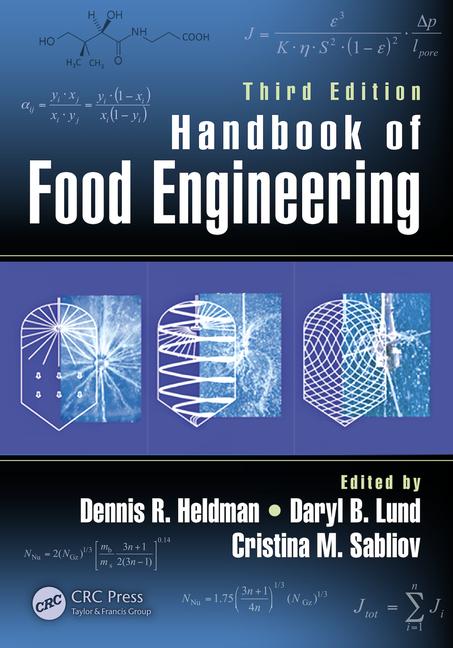Midwest pizza manufacturer increases production while freezing costs

Emil’s Pizzas are prepared with additional toppings and enter the Air Liquide ALIGAL FZ cryogenic freezer, which freezes the pizzas within 200 seconds, locking in all the flavors. Source: Air Liquide.
A new cryogenic freezing tunnel uses less nitrogen and is easy to clean.
Fifty years ago, Emil Caplene opened a pizza shop in Watertown, WI with one goal in mind: Make and sell the best-tasting pizzas ever. Today, Emil’s Pizza produces 5,000 pizzas a day for retail, wholesale, copacking and fundraising customers throughout Wisconsin, Minnesota and Illinois. But finding a way to increase line production without incurring associated costs was a problem.
“Things were challenging when I came to Emil’s in 2007,” says Rick Roedl, president. The dedication was there, but a good system allowing Emil’s to freeze and distribute the best pizzas in the least amount of time was not. “We had been doing things the same way for a long time, making it nearly impossible to realize profitable growth.”
Roedl’s 16 years of individual quick frozen (IQF) experience at parent company Daybreak Foods allowed him to quickly define the problem: The company’s former nitrogen tunnel was causing log jams.
“Processing equipment must meet two ‘musts,’ or you don’t operate. First, you need generous production capacity at an affordable operating cost, and second, your equipment has to be easy to clean and maintain,” says Roedl. “The old freezing tunnel had multiple, cumbersome stainless steel doors that were constantly sweating and leaking. It gobbled nitrogen and didn’t meet our increased production needs. The door seals and other hard-to-access areas trapped water and food particles, resulting in bacteria growth and the need for constant cleaning to maintain our rigorous quality and safety standards. This hurt production costs considerably.”
Roedl and his team started researching new freezing tunnels. Mechanical refrigeration was not an option, since the slower freezing process dehydrates the quality ingredients for which Emil’s is known. “Only nitrogen freezing can almost instantly seal our fresh toppings, cryogenically locking in moisture and flavor. Our pizzas are frozen within 200 seconds of breaking of the toppings’ moisture barrier,” says Roedl.
Initial research turned up few new freezing options. Then, Roedl learned about Air Liquide’s ALIGAL FZ cryogenic freezer. Unlike conventional nitrogen freezers, the ALIGAL FZ addresses food plant sanitation concerns by opening in a way that makes all internal mechanisms completely visible and accessible. Plus, all surfaces are self-draining and easy to clean. The unit’s stainless steel construction and molded, gel-coated fiberglass body maximizes convection, widens the freezing zone and increases capacity.
The freezer uses a top-lift system that allows it to open at the touch of a button. Since the unit doesn’t require plant floor space for swing-out doors, Emil’s can increase production without needing extra space. Cryogen usage is minimized through isothermal cryogen injection, and enhanced fan performance offers flexibility for product development. Air Liquide installed the cryogen storage vessel and its associated piping, and supplied training to on-site personnel.
In the past year, throughput at Emil’s has increased by 23 percent while nitrogen usage has decreased by 30 percent. Sanitation time and costs have been reduced by a whopping 75 percent. “We save enough in sanitation costs alone to cover the cost of the freezer lease,” says Roedl.
For more information:
Linda Krupps; 713-624-8051; linda.krupps@airliquide.com
Looking for a reprint of this article?
From high-res PDFs to custom plaques, order your copy today!








